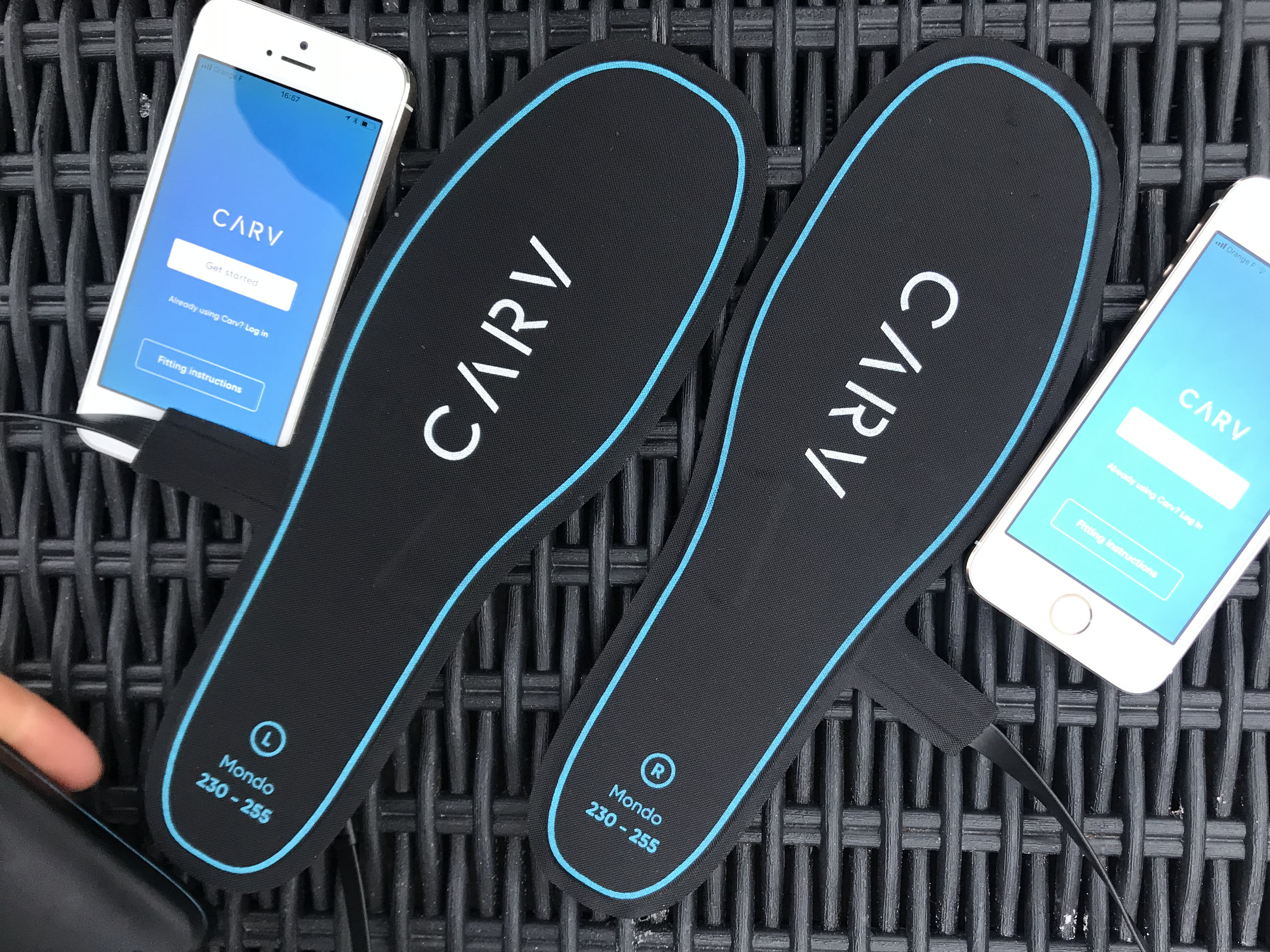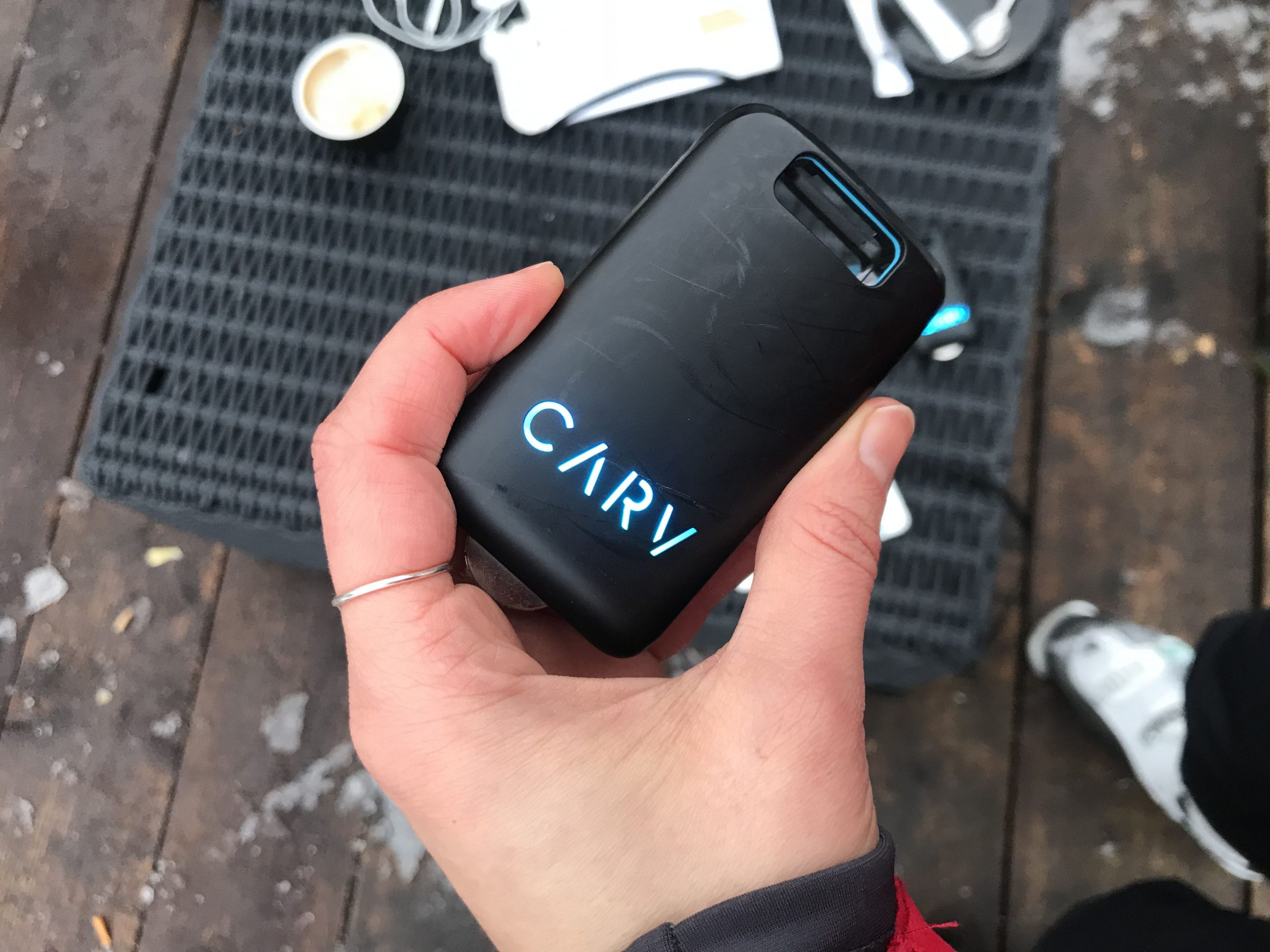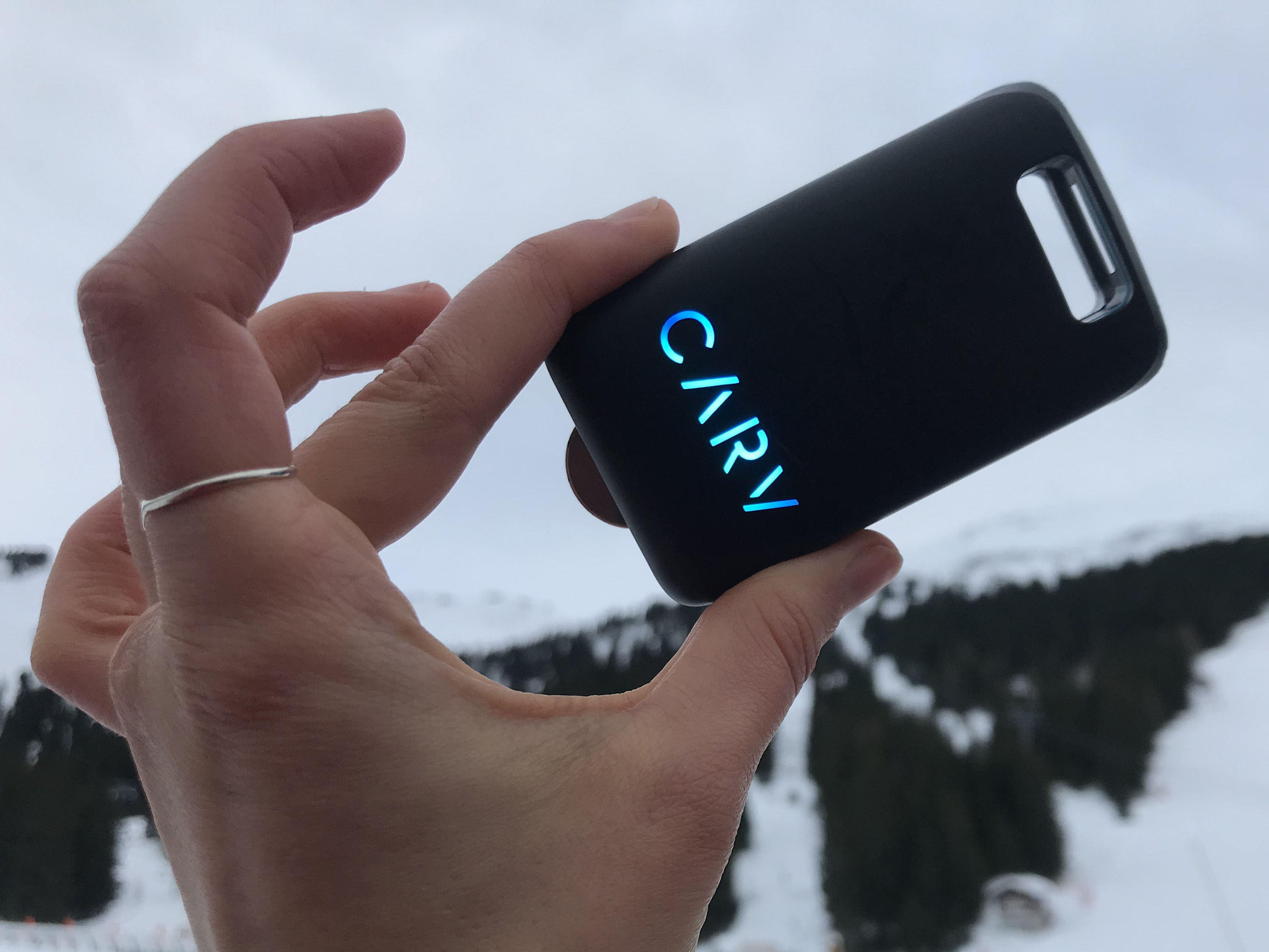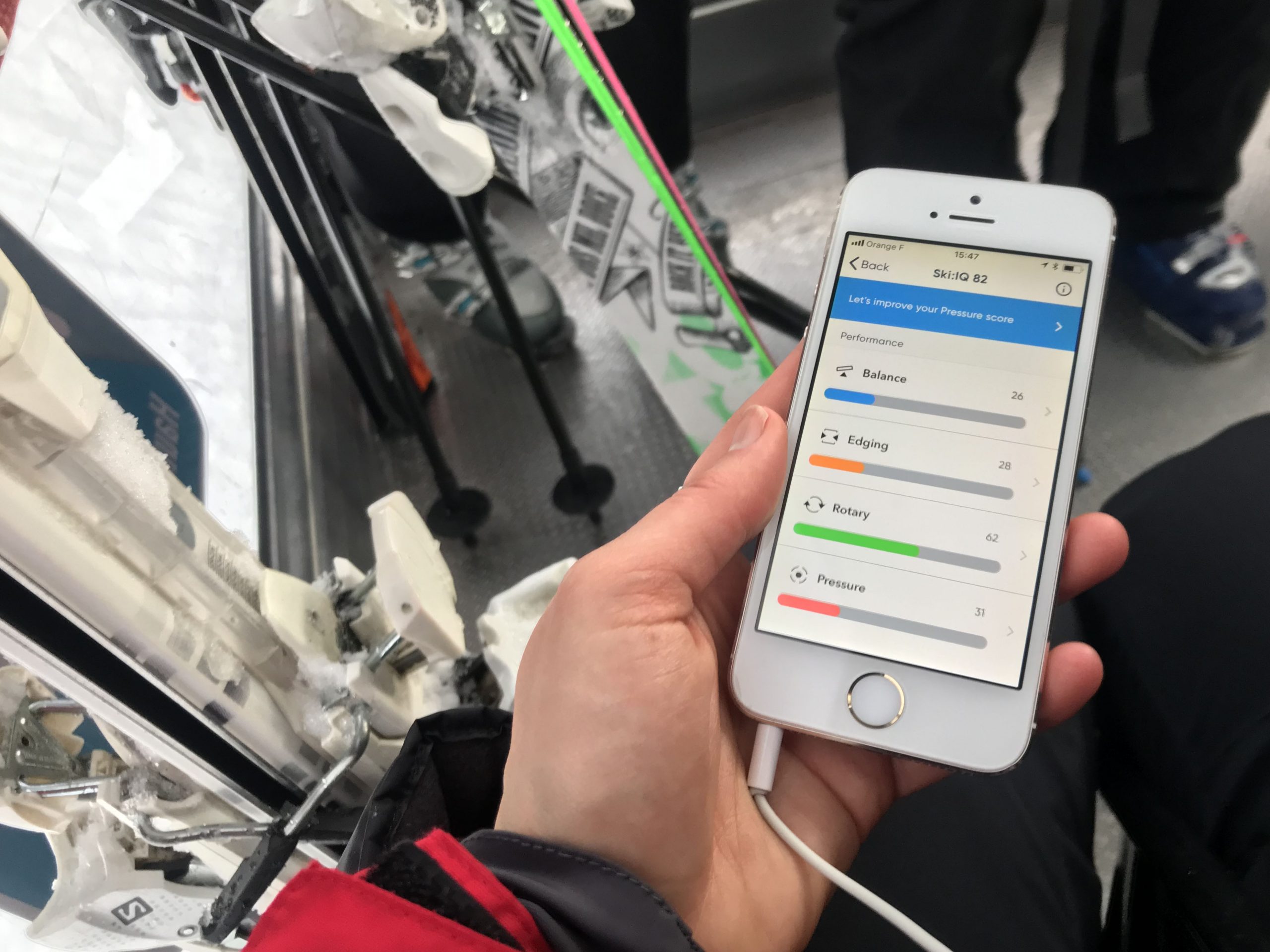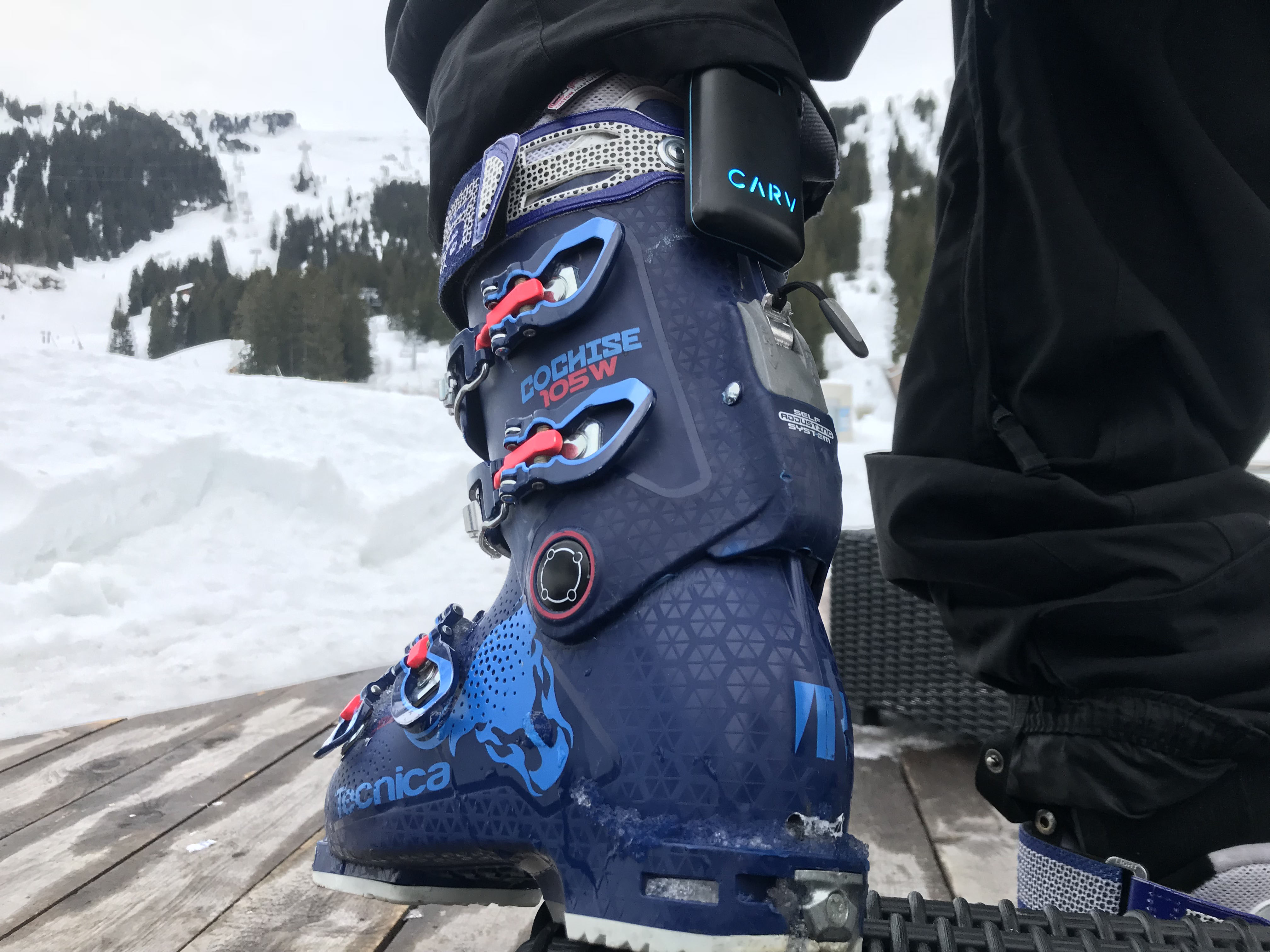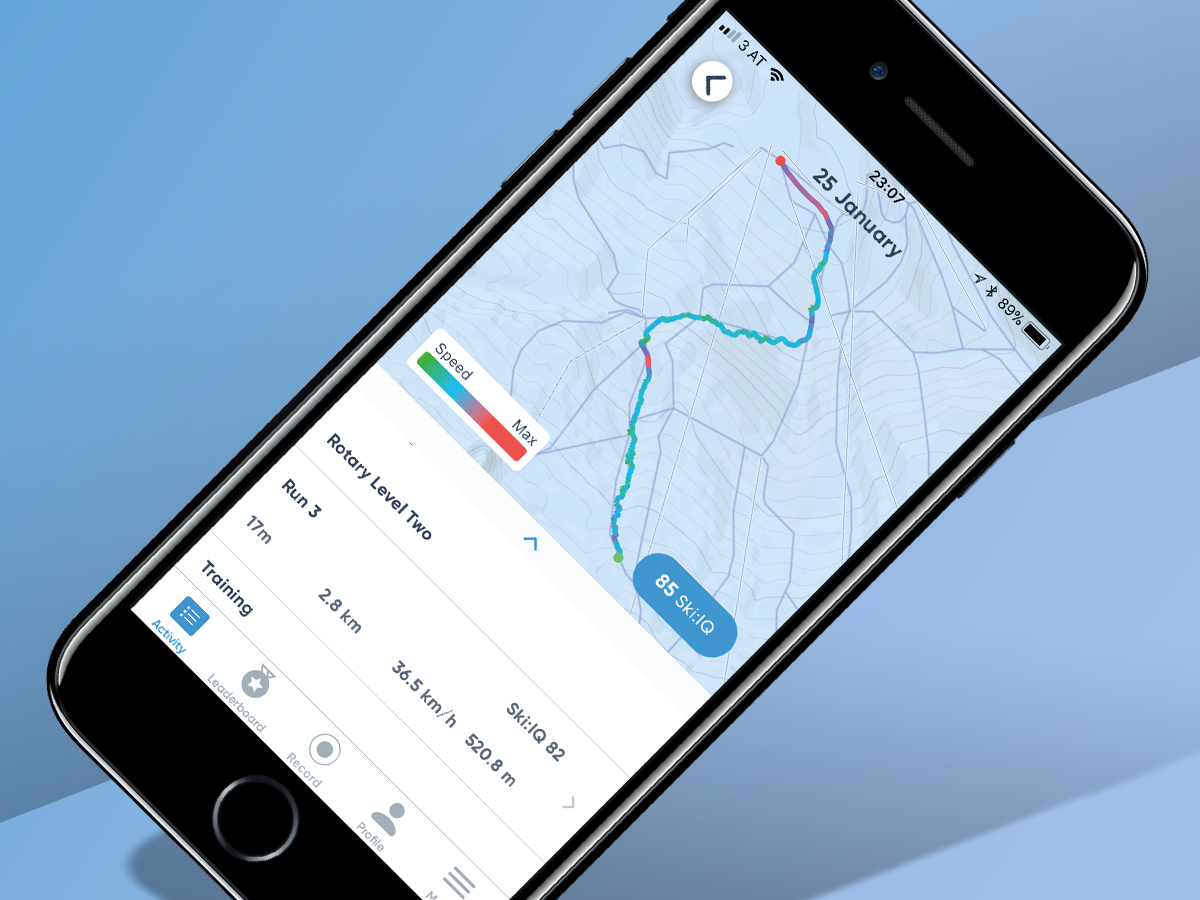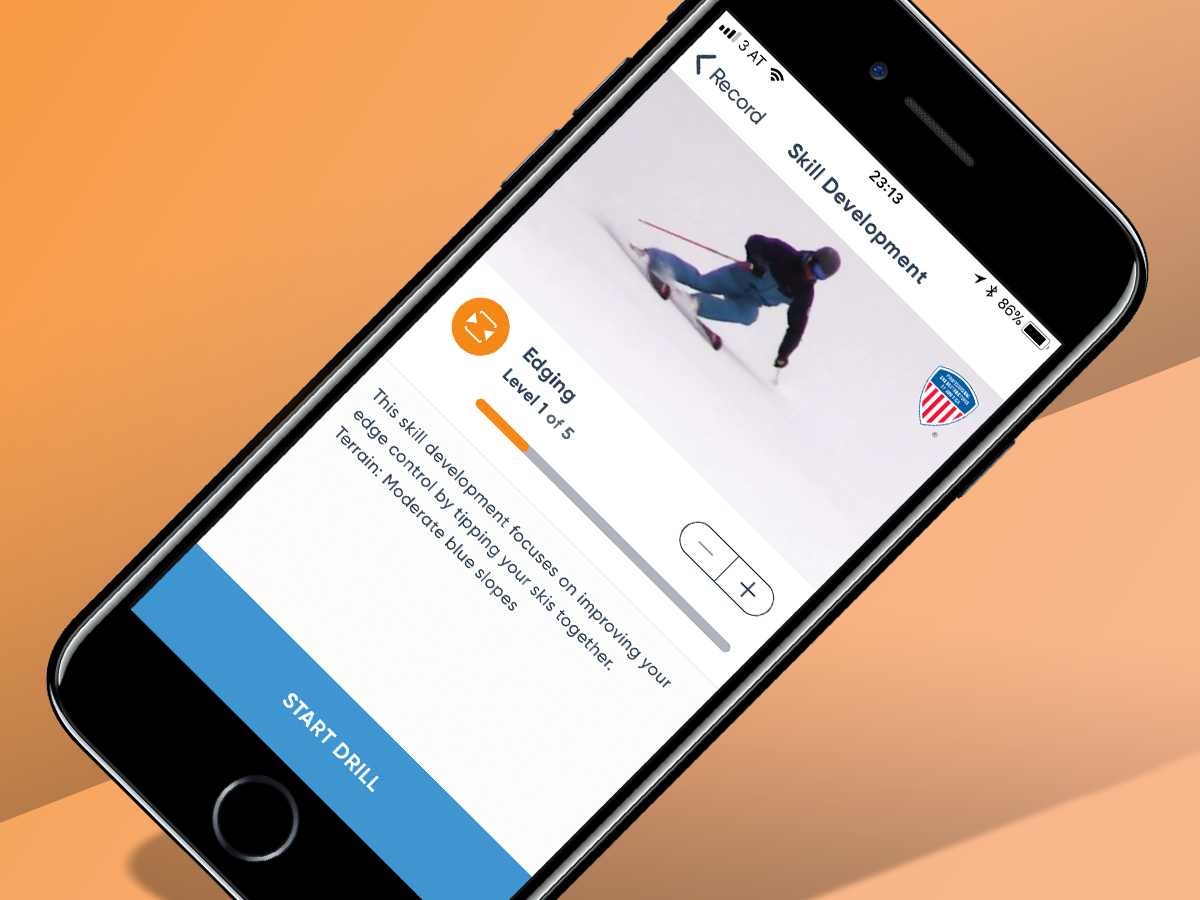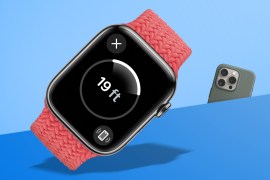Carv Digital Ski Coach review
This boot-based ski instructor is a fine way to boost your piste skills...
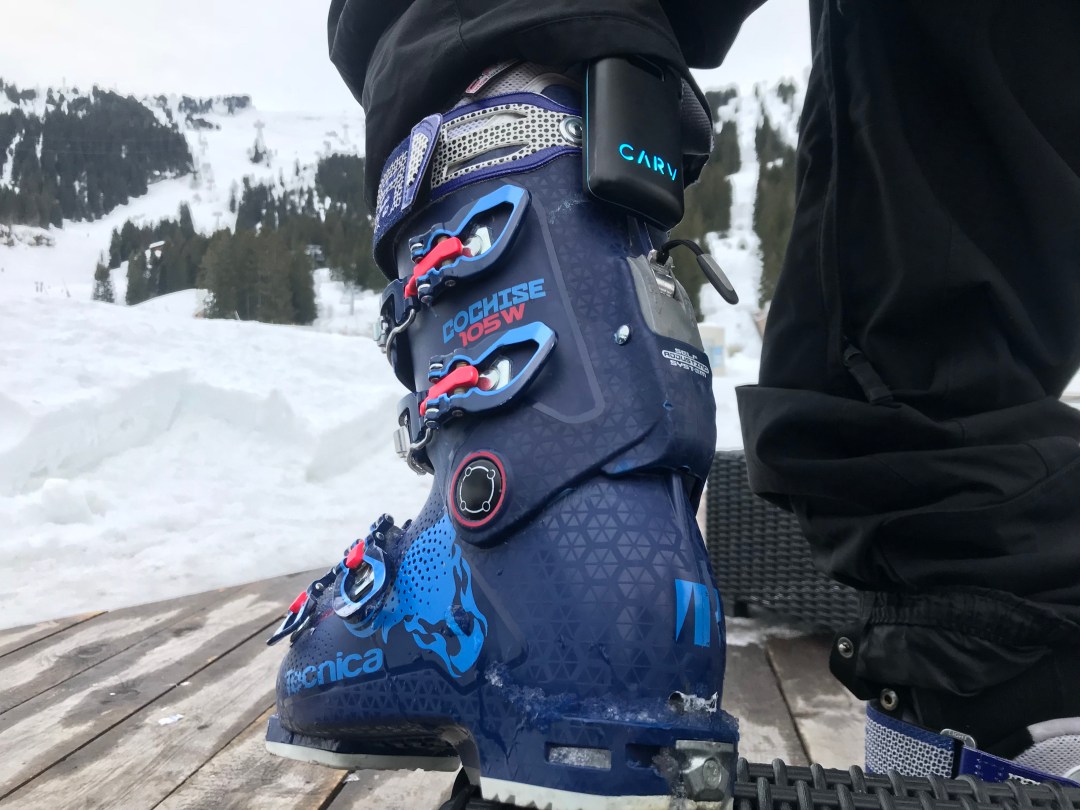
Skiing seems pretty simple when you’re watching Olympic downhillers hurtling around South Korean slopes like human Scalextric cars.
But actually learning how to carve and parallel ski? That’s a bit trickier. Sure, you could get lessons, but they’re often expensive and lack one-to-one time. Which is where Carv, a boot-based virtual ski coach, comes in.
After spending a few fruitless days rediscovering my ski legs in the French Alps, at times resembling a cart careening down a hill with wonky wheels, I decided to swap my human ski instructor Hervé for MotionMetrics’ new wearable ski system.
Carv consists of two insoles and a little clip-on box, which together promise to provide real-time technique feedback through your headphones.
But could it help a relative beginner like me? And would it be challenging enough for seasoned skiers like my friend? It was time to hit the slopes and find out…
Design and setup: Piste of cake
Performance: ski funday
App and audio feedback: artificial ski-telligence
Carv verdict

The biggest testament to Carv’s coaching abilities is that I could see my skiing improving in only a few hours.
The app and audio feedback helped me consciously think about my turns and carve time, and pushed me to concentrate on consistency.
It’s not just for beginners either. My super-skiing friend Luke was flying through the levels, but still felt the challenge on level 4.
There are some small weaknesses, such as the lack of in-depth technique suggestions, and at £249 it’s quite a pricey add-on if you don’t ski regularly.
But if you hit the slopes frequently, and fancy climbing up a Strava-like skiing leaderboard while honing your turns, it’s a cracking accessory that I was sad to leave behind.
Still, at least après-ski will be a bit livelier without it – otherwise I’d be analysing my rotaries while the others peruse the beer menu.
Stuff Says…
If you ski regularly, this is the perfect companion for sharpening your turns and piste skills
Good Stuff
Insoles and tracker are hardly noticeable
Real-time feedback is useful
Excellent app
Suitable for both beginners and advanced skiers
Bad Stuff
Pretty expensive
Could do with more specifics on technique
